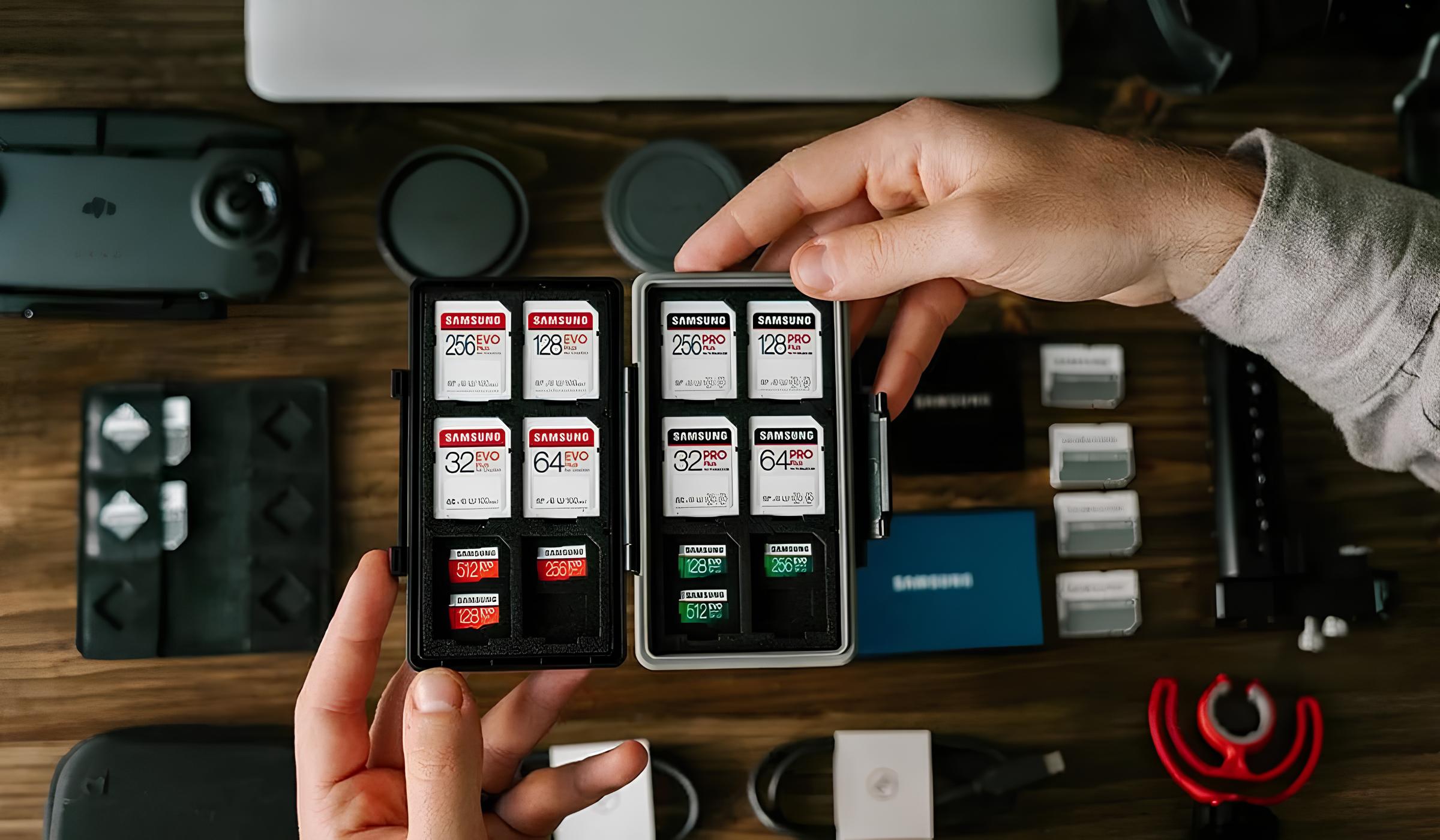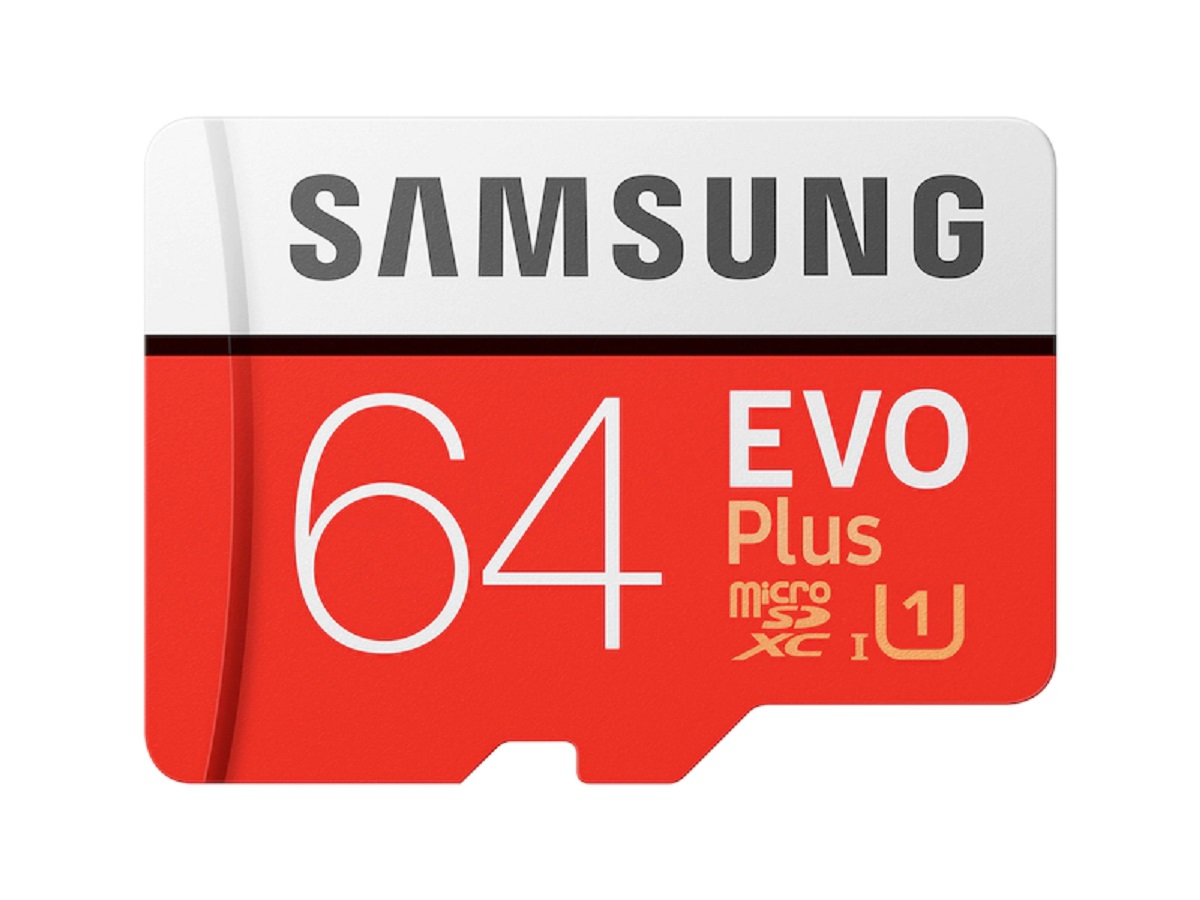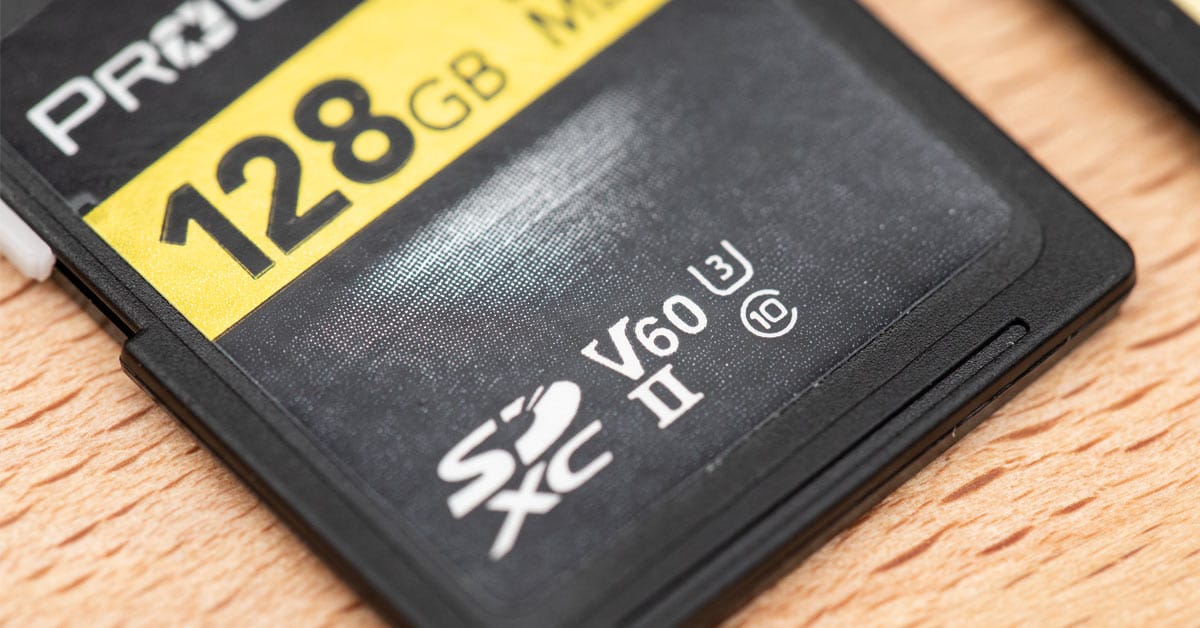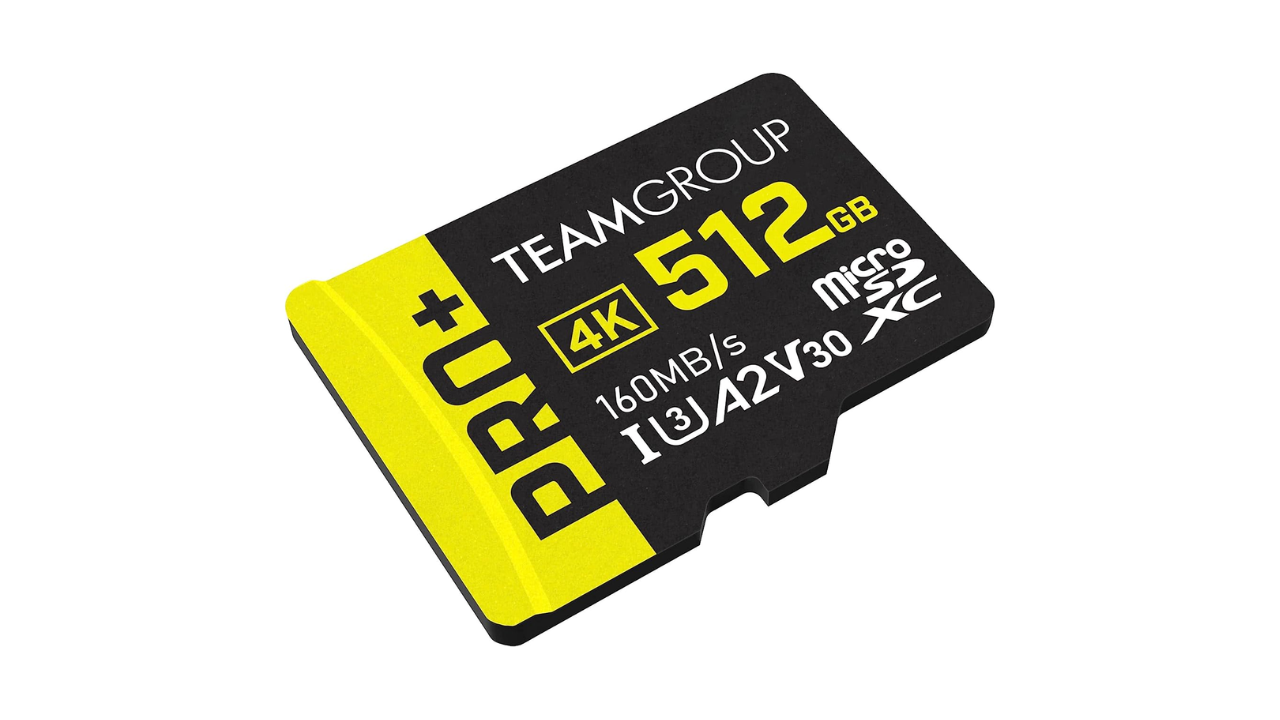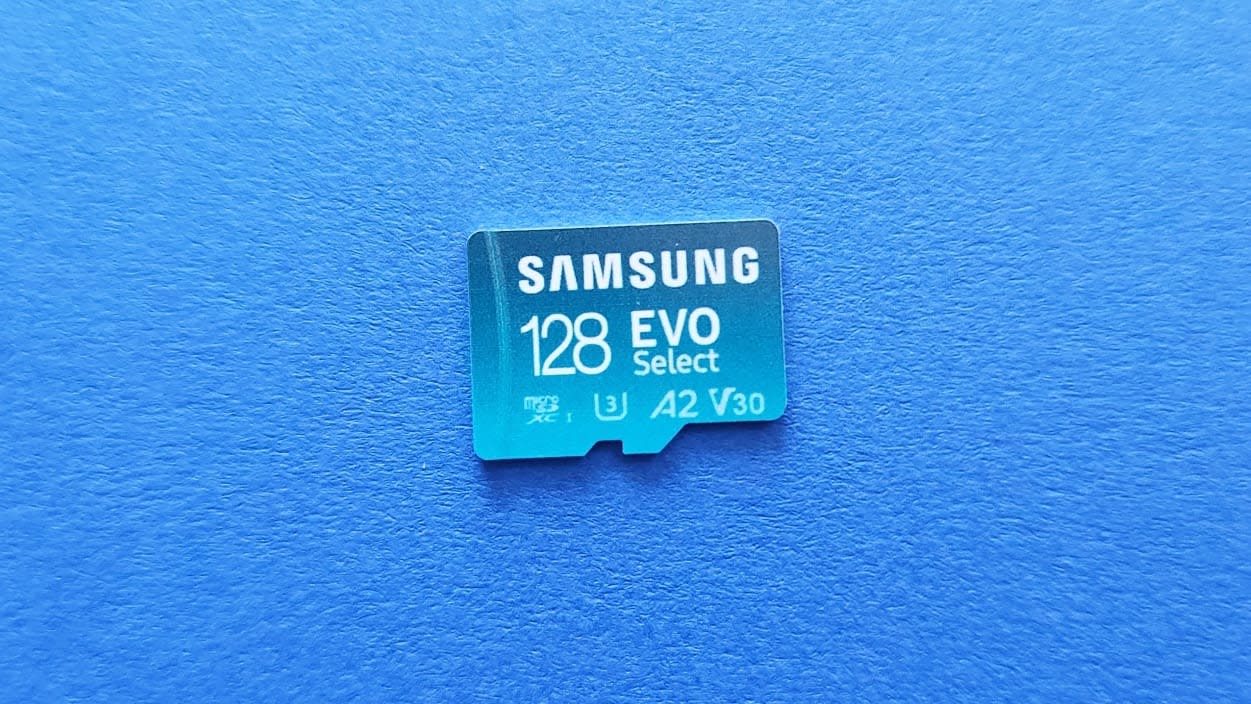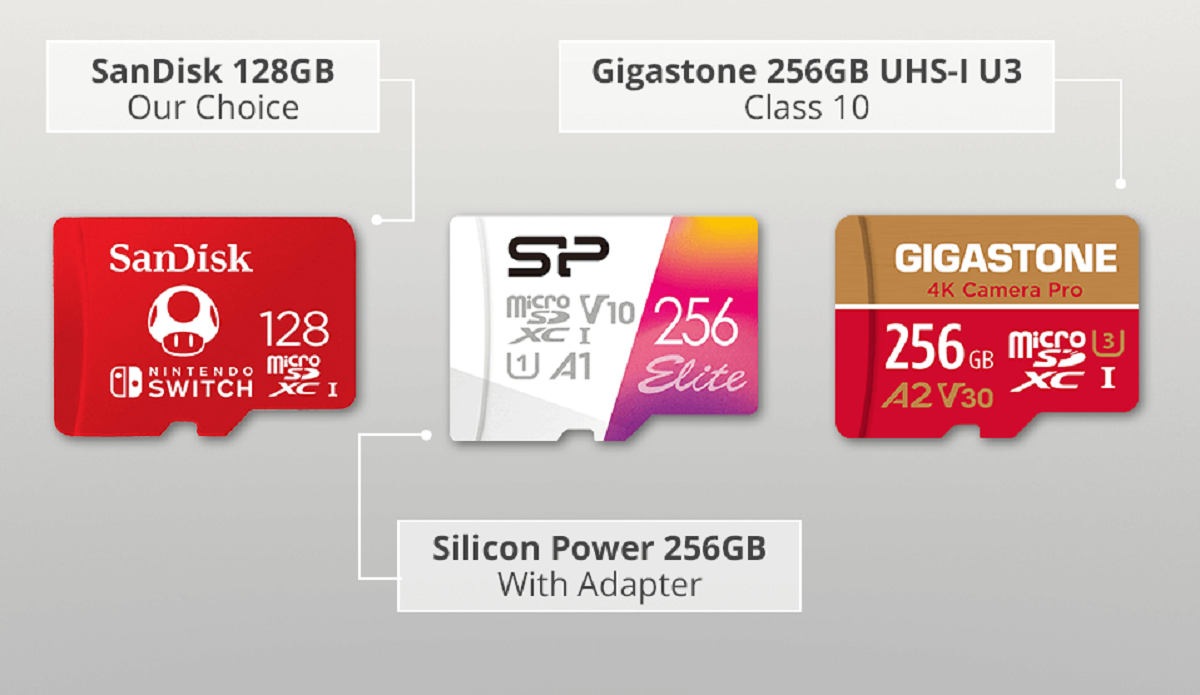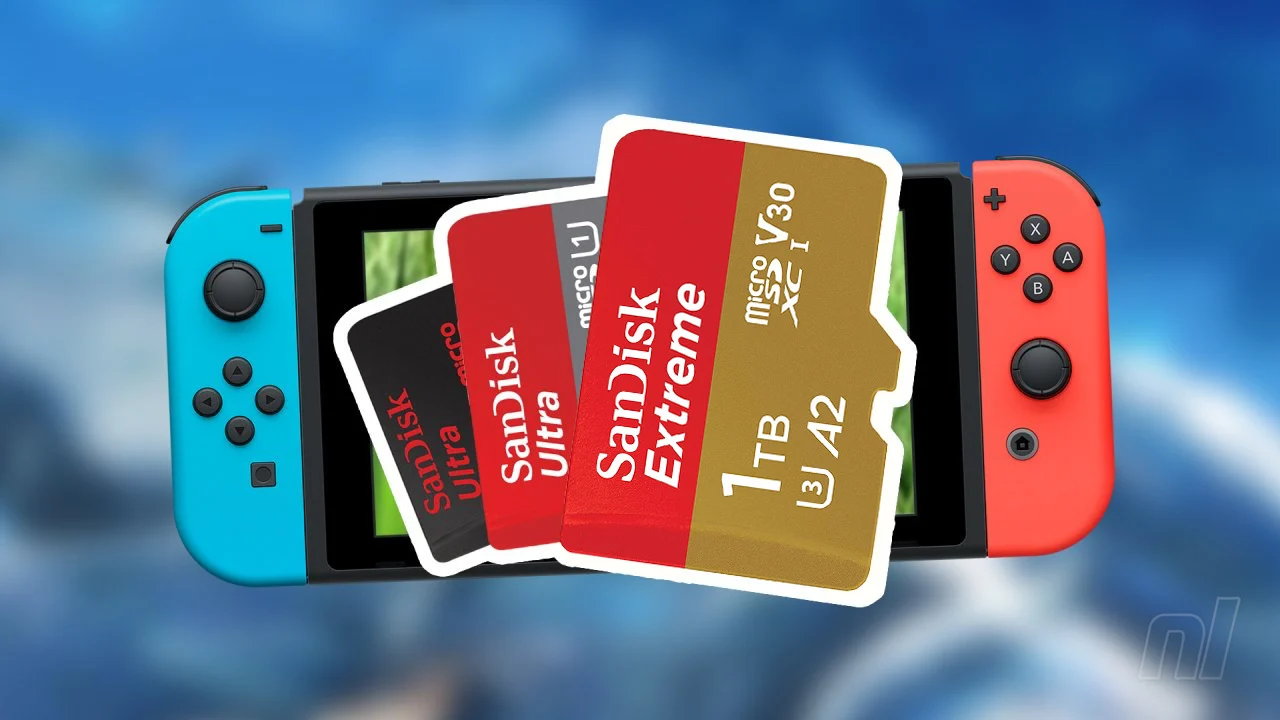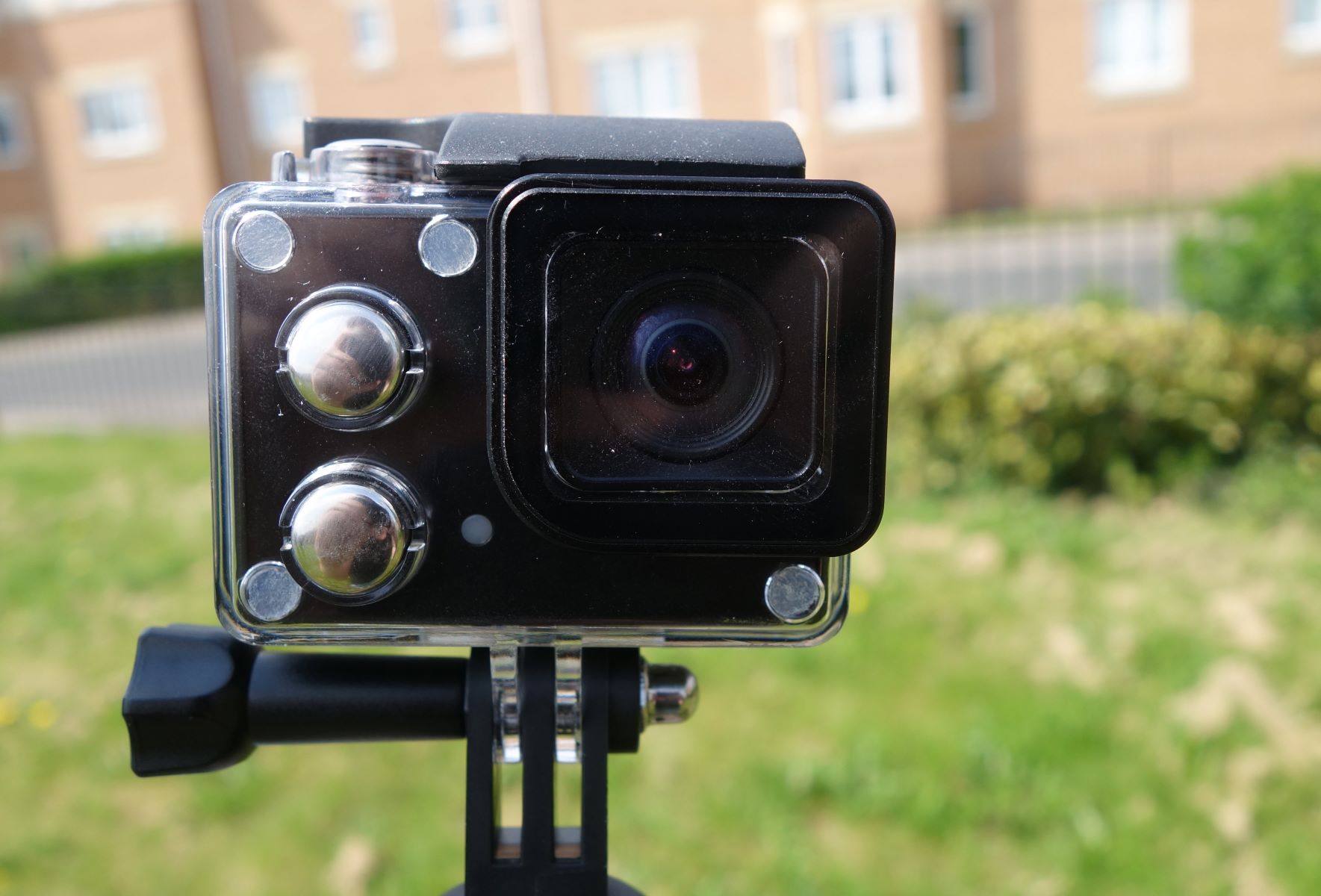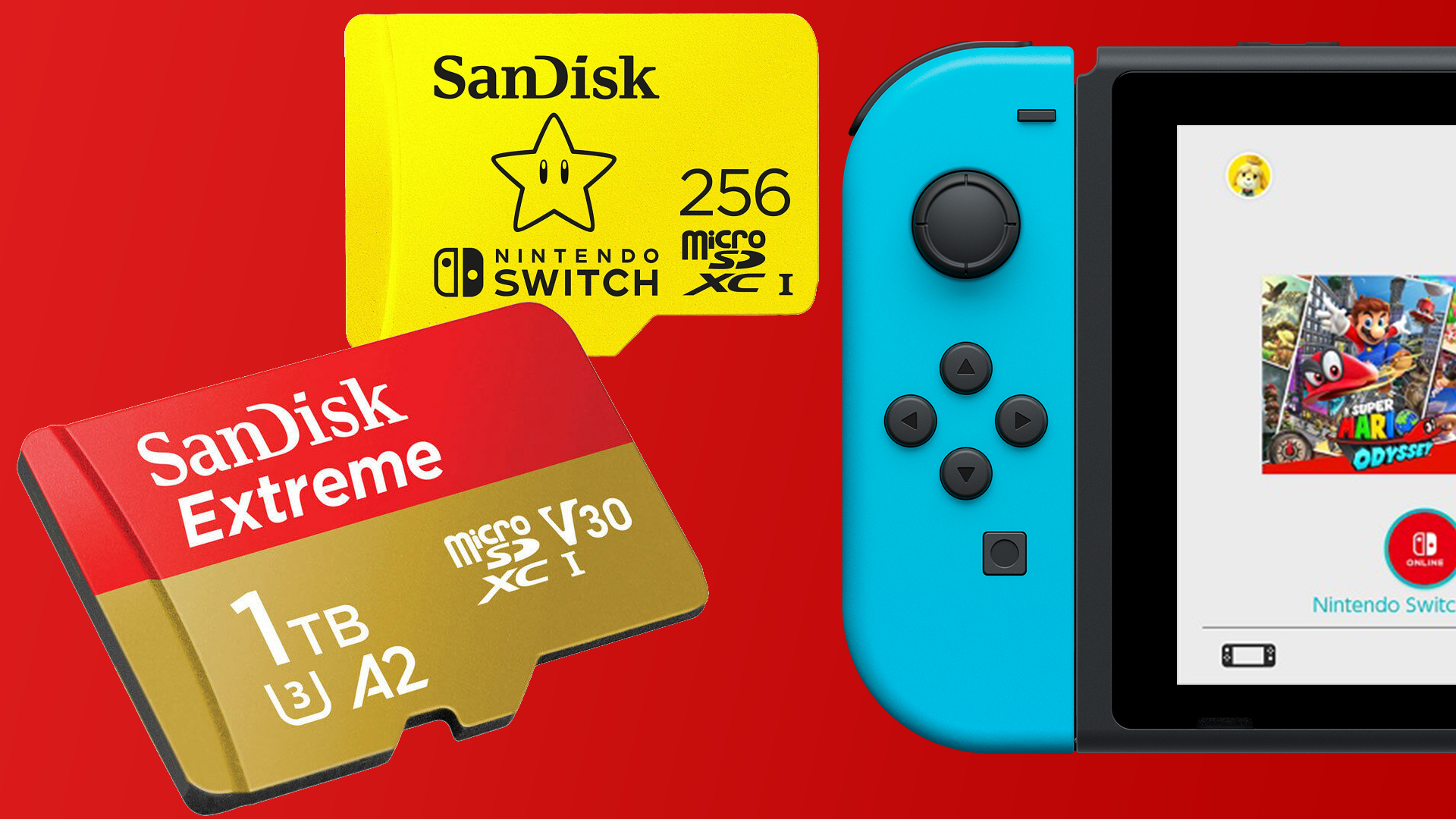Introduction
Finding the Right SD Card Size for Your Action Camera
Are you gearing up for an adrenaline-pumping adventure and planning to capture every heart-pounding moment with your action camera? If so, ensuring that you have the right SD card is paramount to guaranteeing a seamless and uninterrupted recording experience. In this comprehensive guide, we will delve into the critical factors to consider when choosing an SD card for your action camera, recommend suitable SD card sizes for different resolutions and frame rates, explore the nuances of SD card speed classes and ratings, and provide valuable tips for maintaining and managing your action camera's SD cards.
Capturing high-octane activities such as surfing, mountain biking, or skydiving demands an SD card that can keep up with the intense data write speeds of your action camera. With an array of SD card options available, selecting the optimal size and speed can be overwhelming. However, by understanding the specific requirements of your action camera and the technical specifications of SD cards, you can make an informed decision that ensures smooth and reliable recording, leaving you free to focus on the thrill of your adventures.
Whether you're a seasoned adrenaline junkie or a newcomer to the world of action cameras, this guide will equip you with the knowledge and insights needed to select the perfect SD card for your high-octane pursuits. So, fasten your seatbelt, and let's dive into the exciting realm of action camera SD cards.
Factors to Consider When Choosing an SD Card for Your Action Camera
Factors to Consider When Choosing an SD Card for Your Action Camera
When selecting an SD card for your action camera, several crucial factors should influence your decision. These considerations are essential for ensuring optimal performance and a seamless recording experience.
-
Storage Capacity: The storage capacity of an SD card is a vital consideration, especially when recording high-definition videos or capturing images in RAW format. Higher resolutions and frame rates demand more significant storage space, so it's important to choose an SD card with ample capacity to accommodate your recording needs without constantly swapping cards.
-
Speed Class: Action cameras require SD cards with fast write speeds to handle the continuous recording of high-definition footage. Ensuring that the SD card's speed class is compatible with your camera's specifications is crucial for preventing dropped frames and ensuring smooth video capture.
-
Durability and Reliability: Given the rigorous environments in which action cameras are often used, it's essential to select an SD card that is robust and reliable. Look for cards that are shockproof, waterproof, and temperature-resistant to withstand the demanding conditions of outdoor adventures.
-
Compatibility: Not all SD cards are universally compatible with every action camera model. It's essential to check your camera's specifications and recommended SD card types to ensure seamless compatibility and optimal performance.
-
Brand and Quality: Opting for reputable and reliable SD card brands is crucial for minimizing the risk of data corruption and ensuring consistent performance. Established brands often offer better warranties and customer support, providing added peace of mind.
-
Budget Considerations: While it's tempting to opt for the most affordable SD card option, investing in a high-quality, reliable card is a prudent decision. Balancing cost with performance and reliability is crucial for obtaining the best value for your investment.
By carefully considering these factors, you can make an informed decision when selecting an SD card for your action camera, ensuring that it meets the demands of your high-octane adventures and delivers exceptional performance without compromise.
Recommended SD Card Sizes for Different Resolutions and Frame Rates
Choosing the appropriate SD card size for your action camera is crucial, especially when considering the diverse recording resolutions and frame rates available. The following recommendations provide insights into the ideal SD card sizes for various recording settings, ensuring that you can capture your adventures without limitations.
-
1080p at 30fps: For standard high-definition recording at 30 frames per second, a 32GB SD card is typically sufficient. This size allows for ample recording time without the need for frequent card changes, making it suitable for casual users and everyday recording.
-
1080p at 60fps: When recording at 60 frames per second in high definition, opting for a 64GB SD card is advisable. The increased frame rate results in larger file sizes, necessitating a larger storage capacity to accommodate extended recording sessions.
-
2.7K and 4K Recording: For higher resolutions such as 2.7K and 4K, it’s recommended to use 128GB or 256GB SD cards. The enhanced clarity and detail offered by these resolutions result in larger file sizes, requiring ample storage space to capture prolonged footage without interruption.
-
High-Framerate Recording: When capturing high-framerate footage, such as 120fps or 240fps, it’s essential to utilize SD cards with higher write speeds and larger capacities. Opting for 128GB or 256GB cards ensures that the increased data flow associated with high-framerate recording is effectively managed.
By aligning your choice of SD card size with the specific recording resolutions and frame rates you intend to use, you can optimize your action camera’s performance and maximize your recording capabilities. This strategic approach allows you to focus on your adventures without being constrained by storage limitations, ensuring that every exhilarating moment is captured seamlessly.
Understanding SD Card Speed Classes and Ratings
When evaluating SD cards for your action camera, understanding speed classes and ratings is essential for ensuring optimal performance and compatibility. These specifications directly impact the card’s ability to handle the demands of high-definition video recording and rapid data transfer. Familiarizing yourself with SD card speed classes and ratings empowers you to make informed decisions when selecting a card that aligns with your action camera’s requirements.
The speed class of an SD card denotes its minimum sustained write speed, crucial for continuous recording without dropped frames or data corruption. The following are common speed classes and their associated minimum write speeds:
-
Class 4: With a minimum write speed of 4MB/s, Class 4 SD cards are suitable for standard-definition video recording and basic photography. However, they may not adequately support the demands of high-definition and high-framerate recording.
-
Class 10: Offering a minimum write speed of 10MB/s, Class 10 cards are well-suited for high-definition video capture and rapid data transfer. They are a popular choice for action cameras, ensuring smooth recording at various resolutions and frame rates.
-
UHS Speed Class: The Ultra High-Speed (UHS) Speed Class, denoted by UHS-I, UHS-II, and UHS-III, represents an enhanced standard for SD card performance. UHS-I cards offer a minimum write speed of 10MB/s, while UHS-II and UHS-III provide significantly higher speeds, making them ideal for professional-grade video recording and high-framerate capture.
In addition to speed classes, SD card ratings such as V10, V30, V60, and V90 indicate the minimum sustained write speeds in megabytes per second. These ratings are particularly relevant for high-definition and high-framerate recording, as they ensure that the card can consistently handle the data throughput required for these demanding applications.
By understanding the implications of speed classes and ratings, you can select an SD card that aligns with your action camera’s performance capabilities and recording requirements. This knowledge empowers you to optimize your camera’s functionality, enabling seamless and reliable recording of your adrenaline-fueled escapades.
Tips for Maintaining and Managing Your Action Camera’s SD Cards
Effectively managing and maintaining your action camera’s SD cards is essential for preserving the integrity of your captured footage and ensuring consistent performance. By implementing the following tips, you can safeguard your data and optimize the functionality of your SD cards, enhancing your overall recording experience.
-
Format SD Cards in the Camera: To prevent compatibility issues and ensure optimal performance, always format your SD cards using the camera’s formatting function. This practice aligns the card’s file system with the camera’s specifications, reducing the risk of errors and data corruption.
-
Carry Sufficient Spares: When embarking on extended adventures, carry an ample supply of spare SD cards. This precautionary measure ensures that you have sufficient storage capacity, reducing the need to delete footage on the go and mitigating the risk of running out of space during critical moments.
-
Protect SD Cards from Environmental Hazards: Shield your SD cards from environmental elements such as water, dust, and extreme temperatures. Utilize protective cases or waterproof storage solutions to safeguard your cards during outdoor activities, preserving their functionality and preventing data loss.
-
Regularly Back Up Footage: Establish a routine for backing up your recorded footage to a secondary storage device, such as a portable hard drive or cloud storage. This practice provides an additional layer of security, safeguarding your valuable content in the event of SD card damage or loss.
-
Monitor SD Card Health: Utilize SD card management software or the camera’s built-in diagnostics to monitor the health and performance of your SD cards. Identifying potential issues early allows for proactive measures to be taken, such as replacing a failing card before critical data is compromised.
By adhering to these best practices for SD card maintenance and management, you can optimize the reliability and longevity of your action camera’s storage media. These proactive measures minimize the risk of data loss, ensure consistent performance, and empower you to focus on capturing your exhilarating escapades with confidence and peace of mind.







